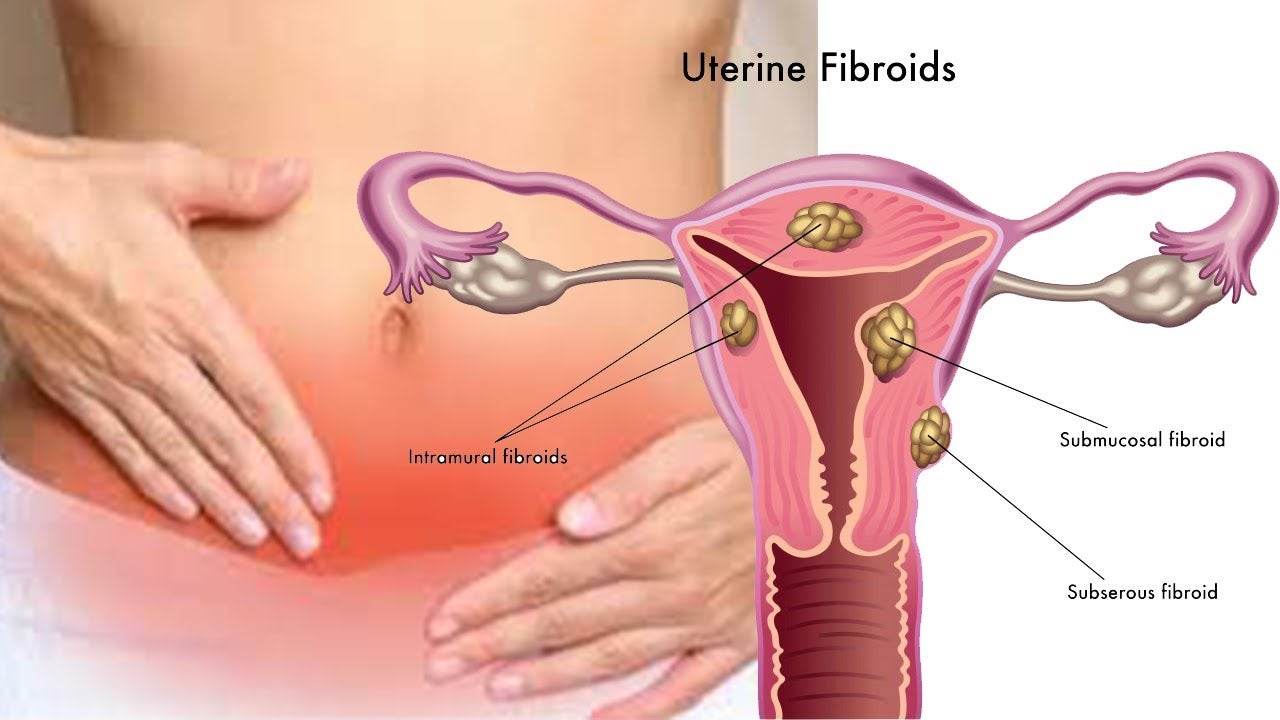Lifestyle Changes That Help to Control Prostatic Hyperplasia

Several men aged 50 or more confront a specific diagnosis: BPH or benign prostatic hyperplasia. The BPH is the biggest reason for enlargement of the prostate. With age, the probability of BPH among men increments—by the time they reach 70, about 90% of men will be facing it. Indeed, specialists of this case believe that if a man lives for long, he will be bound to face such a situation irrespective of their nationality.
The main thing to consider is benign while dealing with BPH. BPH is definitely not a prostate malignancy analysis (although a patient can simultaneously encounter BPH and prostate cancer). Instead, BPH alludes to developing the prostate organ that makes the urethra tighten or squeeze.
Symptoms of BPH include:
- A notable increase in urination frequency
- Urine flow is getting slower
- Issues to fully empty the bladder
These symptoms can prompt both physical and emotional inconvenience. Also, since it regularly implies successive trips to the bathroom during the evening, BPH can prompt weariness and exhausted feeling.
Options of treatment:
There are numerous efficient options worth seeking after improving the BPH symptoms, such as surgery, lifestyle changes, medication, and surgery.
Lifestyle changes:
Decreasing pressure through a customary regimen of yoga, medication, or exercise can alleviate stress and may lessen the need for frequent urination. Likewise, Kegel workouts, which reinforce the muscles around the bladder, can assist with bladder control. Taking time during urination to guarantee total voiding of the bladder by holding up a couple of seconds and then attempting again is another valuable device of BPH treatment.
It is also encouraged to stay away from decongestants like Benadryl or Sudafed, which can repress urination. Certain physicians endorsed drugs that are utilized to treat anxiety or hypertension. A specialist can exhort on these issues.
At last, an eating routine that advances prostate wellbeing can demonstrate advantages. This diet incorporates vegetables, fruits, beans, grains, nuts, seeds, and fish containing fatty acids (omega-3), for example, tuna, salmon, etc.
Medicine:
Specialists will typically recommend alpha-blockers for benign prostatic hyperplasia treatment, which loosen up the muscle at the prostate’s base and bladder, and 5-alpha-reductase inhibitors, which can, over the long haul, recoil the prostate.
The disadvantage: Results of these meds sometimes incorporate expanded pulse for alpha-blockers and sexual brokenness for the 5-alpha-reductase inhibitors (although that can be treated with medication for erectile dysfunction).
Surgery:
If neither lifestyle nor drug cures have worked, UroLift is the following solution. There is little downtime for this benign prostatic hyperplasia treatment, which can be acted in the workplace/office or a procedure (same-day) in an ASC (Ambulatory Service Center).
With such procedures, recovery requires a day or two in the clinic, followed by half a month of healing gradually. Alleviation from symptoms ought to die down with the impacts of surgery enduring as long as fifteen years.
It is imperative to note that although moderate strategies are always recommended as the first line of safeguard, surgery is genuinely routine for this prostatic hyperplasia treatment. Indeed, around 200,000 men go through medical procedures for BPH each year.
Final words:
With proper prostatic hyperplasia treatment, there is nothing to worry about BPH. There is every chance that with proper medication, lifestyle, or surgery (to that extent if needed), you can start to live a healthy life again



